SNUGGLE UP | ELLEN VON WIEGAND
After years of admiring her sensitive and beautifully - executed lino prints, it brings us much joy to welcome printmaker and painter Ellen Von Wiegand to the Artsnug family!
‘Take Time to Be Still’ is the advice Ellen Von Wiegand would like people to hear, and she has cultivated an intimate creative practise which gently whispers this advice into our ear. A South London based artist focusing on lino printing, Ellen is originally from California and studied her Bachelor of Art History in Rome.
These serene, restrained and thoughtful artworks have arisen from Ellen’s exploration of self as she searches for a sense of home in her own being. Using her body as a means of exploring a universal theme, she allows this vulnerability to create a connection to others who are asking themselves how to be grounded in their body and space. With inspiration from Japanese Ukiyo-e printmaking, Greek and Roman pottery and Renaissance art – these are highly considered artworks to bring you closer to yourself and the beauty of stillness.
Ellen is an artist with a strong narrative voice and we have loved snuggling up with her to soak up more information about her practice and inspirations…
Please tell us a bit about yourself and the journey you have taken to becoming an artist…
I’m a South London based printmaker and painter originally from Northern California. My primary interest is in cultivating a sense of home within myself, something that has eluded me for much of my life, and this is the exploration that I make in my work. I portray my own body in my images, though I don’t see my pieces as self-portraits. I hope to create works that are intimate, calming, and which connect to the space within the viewer that feels a similar longing.
‘She the Keeper of Worlds’ by Ellen Von Wiegand
What helped you to get to where you are today?
I avoided being an artist for many years because the idea was overwhelming to me. I am a very private person, and I didn’t want to open up in the way that is required to be an artist. Not to mention that I didn’t feel good enough. I stopped making anything at all for a while. But it became too painful to ignore this part of me.
Then one time when my mother came to visit me in London we took a trip to Cambridge. We set out to find a restaurant for dinner, and we walked and walked and couldn’t find a place that could seat us. Finally we entered a restaurant that had linocut prints from a single artist dotted around the dining room. I told her that I had wanted to learn the technique. When we got back to London she gifted me my first linocut tools, and it was full steam ahead.
Tell us about your studio practice. How do you create your artworks and what does a day in the life of Ellen look like?
I’m forever trying new routines to find the perfect balance. But despite years of trying to shift it, I’m not a morning person. I’ve decided to stop trying to change this. So instead I’ve gifted myself leisurely mornings. I most often get up around 8:30 and I eat breakfast looking out at my garden (or in my garden in the summer). I almost always meditate after breakfast. Then I might do some reading, go for a walk, do yoga, or, in a less desirable scenario, waste time on my phone. But I’m slow, perhaps the slowest person that I know. I just love to be still, and morning has become my favourite time of day. Then I start to work at around 11:30 and finish at around 8:30 in the evening.
Most often I try to get some admin or marketing work done before lunch and make art after lunch. One thing that I’m trying to do with my practice at the moment is to cultivate creativity through a lack of expectation of the results. I remind myself that I’m in a lifelong process of learning, and I don’t have to get it “right”. I can be really hard on myself when a piece doesn’t match my vision of it, and this is helping me find joy in my work along with a sense of purpose.
What do you hope that your work communicates to the world?
I hope my work brings a sigh of relief. I want people to recognise that we’re all dealing with something and finding our way home to ourselves. There is peace is holding ourselves in that, and in allowing more stillness in our lives.
What is your ‘Je ne sais quoi’? That special something that makes your artwork unique.
I think it’s the fact that it’s so personal and yet has a universal quality that others can connect to.
Which other styles, artists or artworks have influenced you?
I draw inspiration from many different sources. Early on it was Japanese Ukiyo-e printmaking and the silhouettes of Greek and Roman Pottery. I also looked at Renaissance art for its gorgeous figures and patterns. Recently I’ve been more inspired by modern artists. I’m completely obsessed with the colours of Milton Avery and the compositions and lines of Will Barnet.
What are your current obsessions, fascinations or favourite things?
Something that I’ve become really drawn to over the course of the last few years is nature. I’ve always been a city person but now I just long to be amongst the trees. I recently returned to California and noticed the sheer quantity of trees for the first time. I was blown away to the point of tears. This is where I grew up and I visit every year but I never even noticed before. It’s amazing how our perspectives shift with our focus.
We've all had time to reflect these last few years, and to think about how we’d like the ‘new normal’ to look. What changes would you like to see in the post-COVID art world?
I think post-covid we will need to find our connection to people again. We’ll need to return to physical spaces and contact to engage with art more than before. This is something that’s super hard for me. I’m really shy and I rely so heavily on the internet to connect with people. I find it hard to talk about my work in public, I turn bright red and I hope people don’t talk to me. I’d like to slowly open up more.
What was the first piece of art that moved you? What was it about it that grabbed you?
The first piece of art I really remember being moved by was when I was 18 and I visited the Chicago Art Institute. It was the piece ‘Paris Street, Rainy Day’ by Gustave Caillebotte. It just transported me. I felt I could feel the cool air and smell the rain on the cobblestones. I love rain. I also dreamed of moving to Europe at the time and it felt like an escape.
If you could choose three pieces of work from Artsnug to ‘snuggle up with’ which would they be?’
I would choose John Gough’s ‘Poppy’, Adriana Jaros’ ‘Untitled 3’ and Rennie Pilgrem’s ‘Rowing Coach on Holiday at Night’.
What is your current favourite piece in your own body of work? Why does it hold a special place in your heart?
I think my favourite piece that I’ve made is my linocut ‘Traces of Home’. I love the muted palette, the lines of the figure, and the atmospheric quality of the background. It’s based on memories I have of the foggy oceanside in Northern California where I grew up. And it speaks to my lifelong longing to find a feeling of home.
You have the chance to hop into a time machine and join any historical art movement. Which do you go back to and why?
This is a hard one. Perhaps I would be a Surrealist. I’m fascinated by dreams and I love the idea of focussing an art practice around depicting the subconscious.
Do you have any advice for people just starting their art collection?
Just buy pieces that move you. Surround yourself with art that brings you closer to your soul.
Where would you like the future to take you, as an artist?
I want to keep learning and growing as an artist. I plan to start oil painting classes this year, as I continue to make linocut prints and gouache paintings. But most importantly I want to cultivate my creative life as a refuge, a space to express and be free. And I want to find a way to share this with others. This is definitely a journey. Art can either be a source of joy or self-loathing, and I, and most artists, have experienced both.
Is there anything else you would like admirers of your work to know?
Take time to be still.



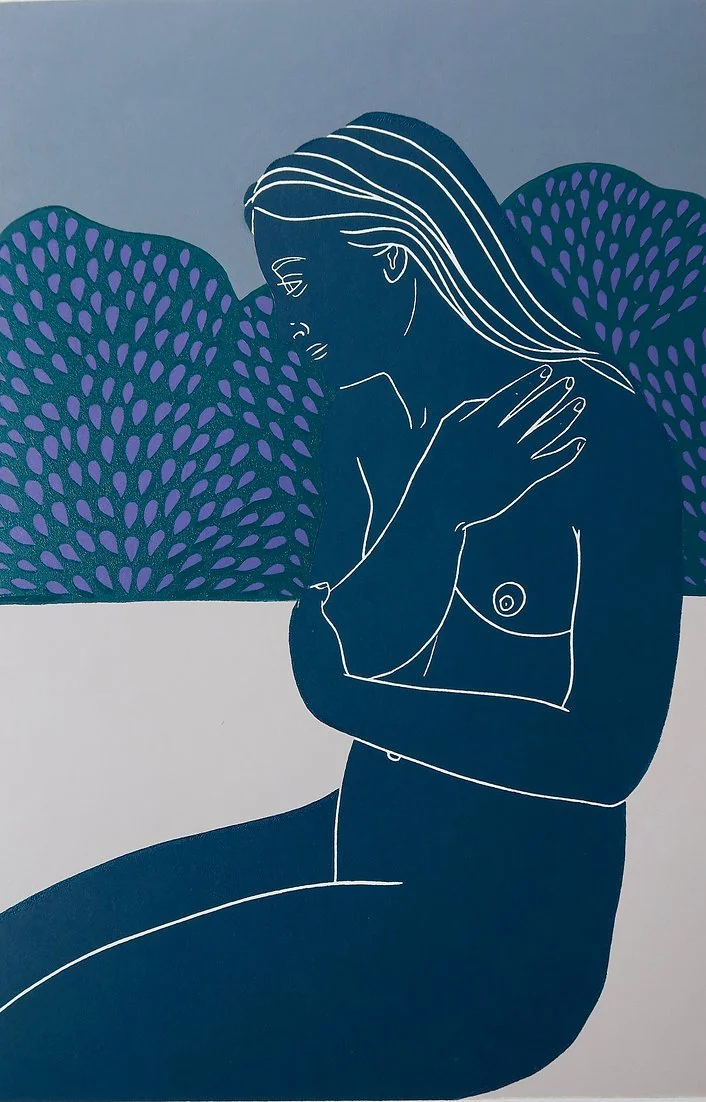





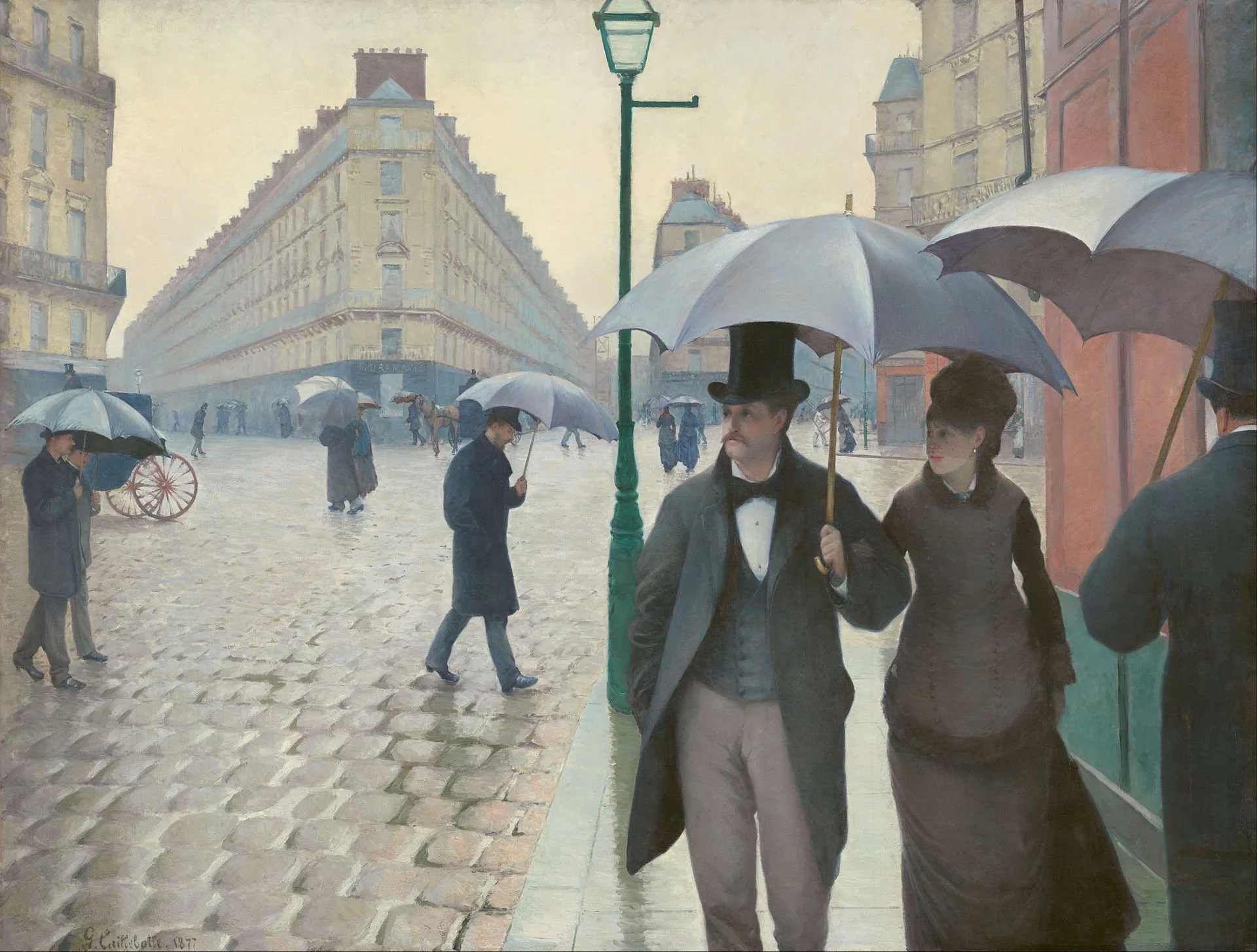

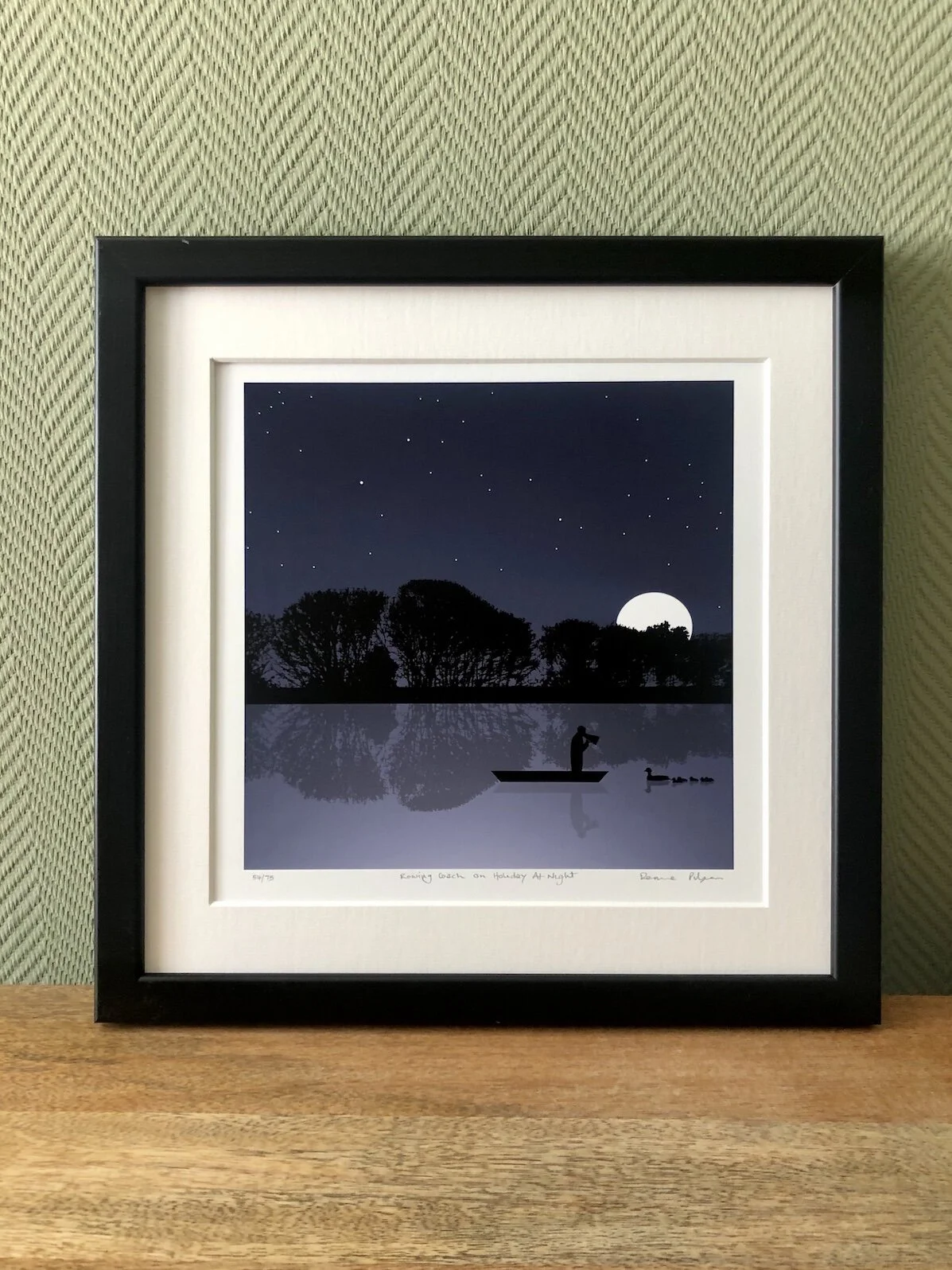
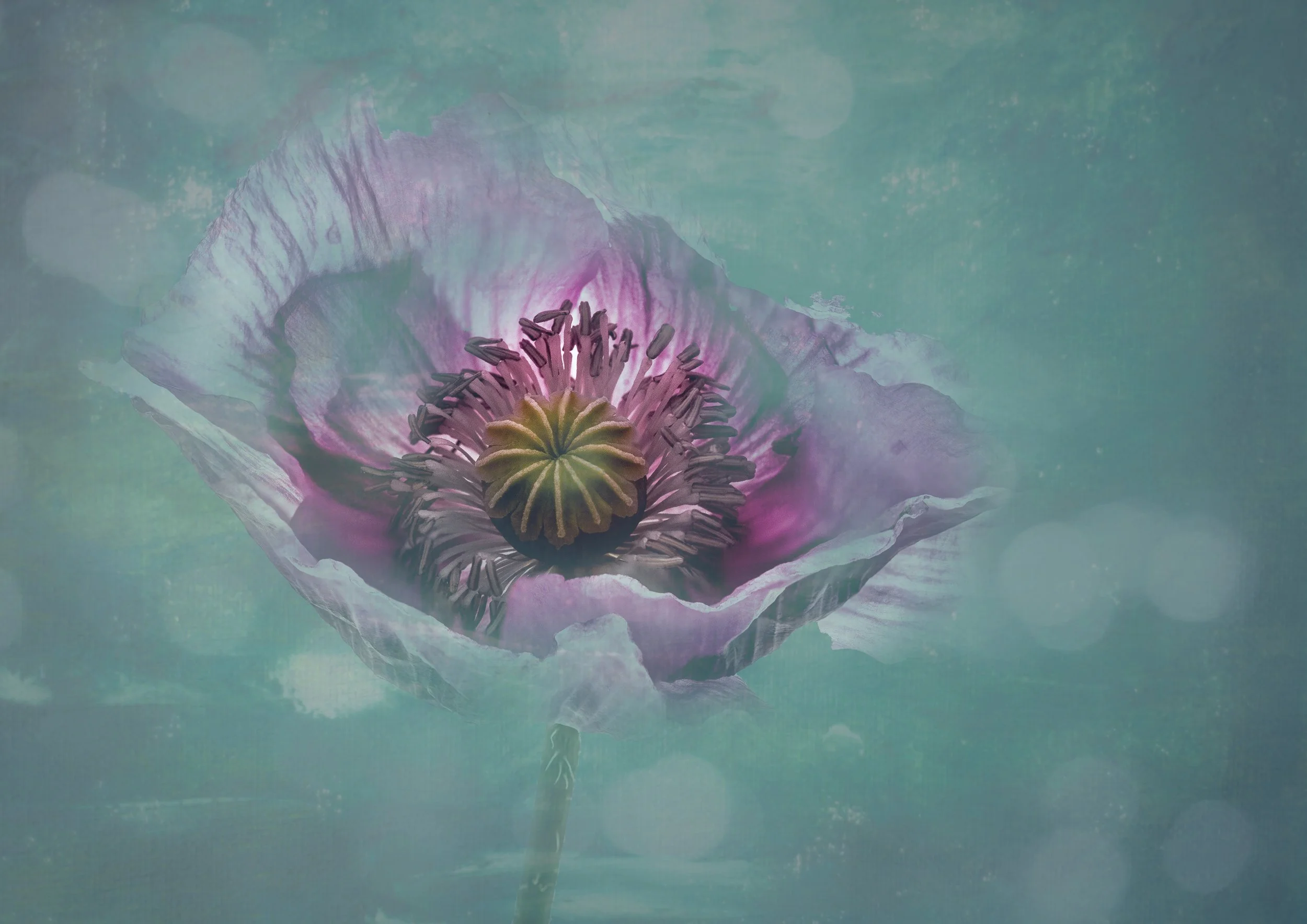
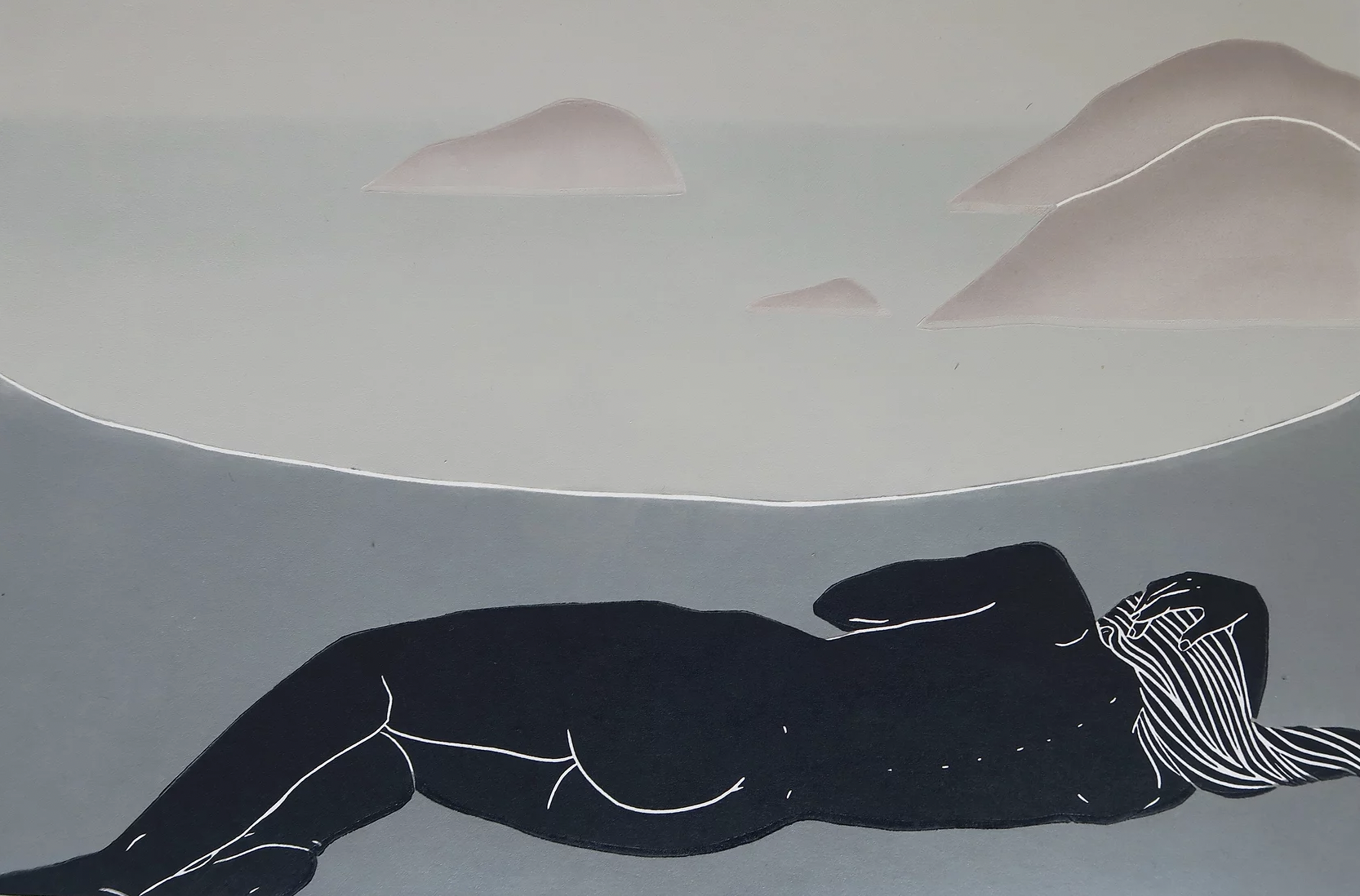
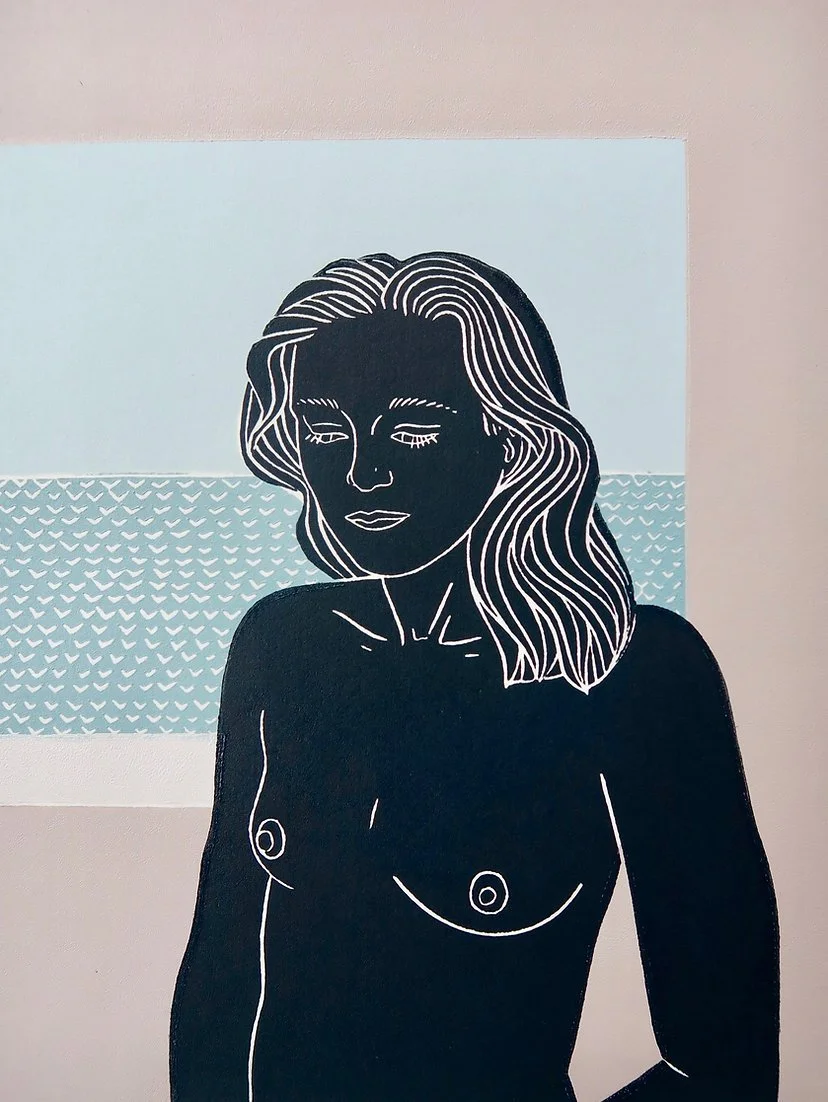
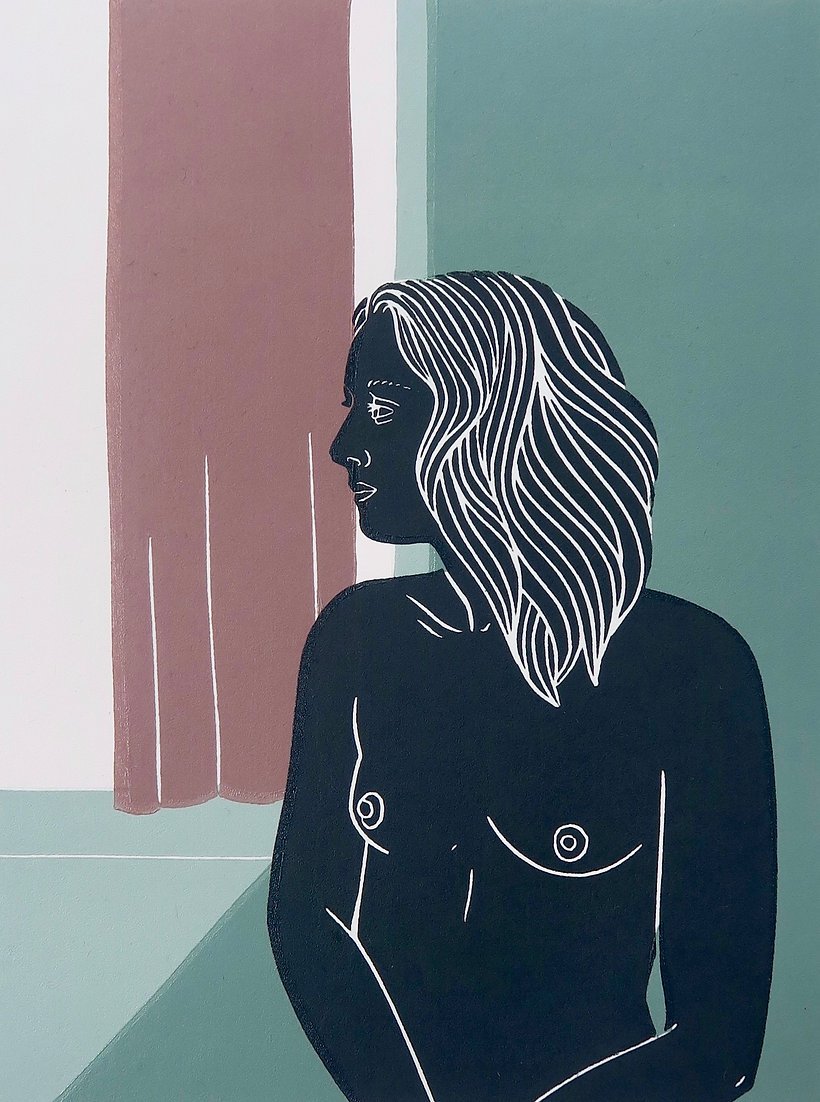
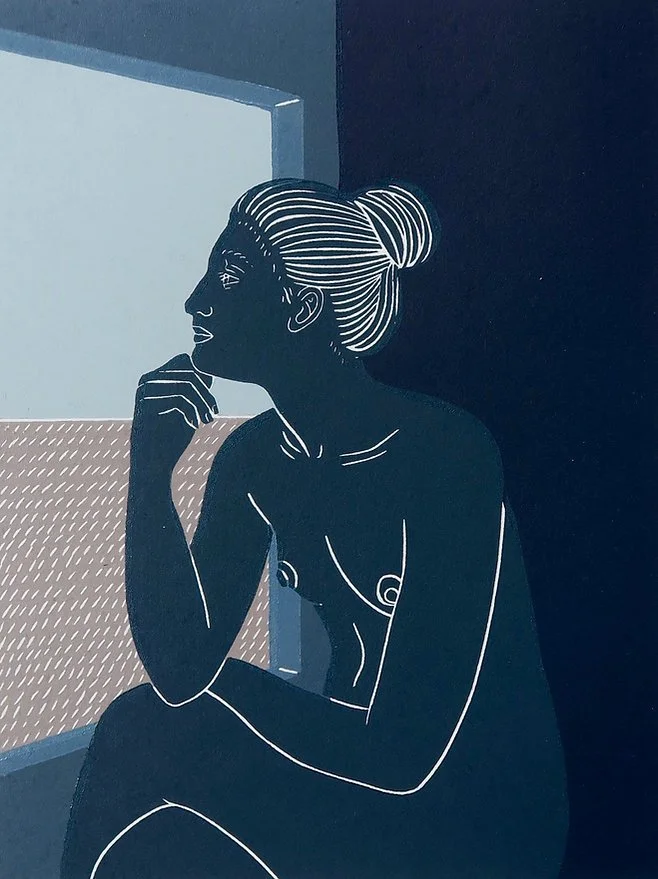
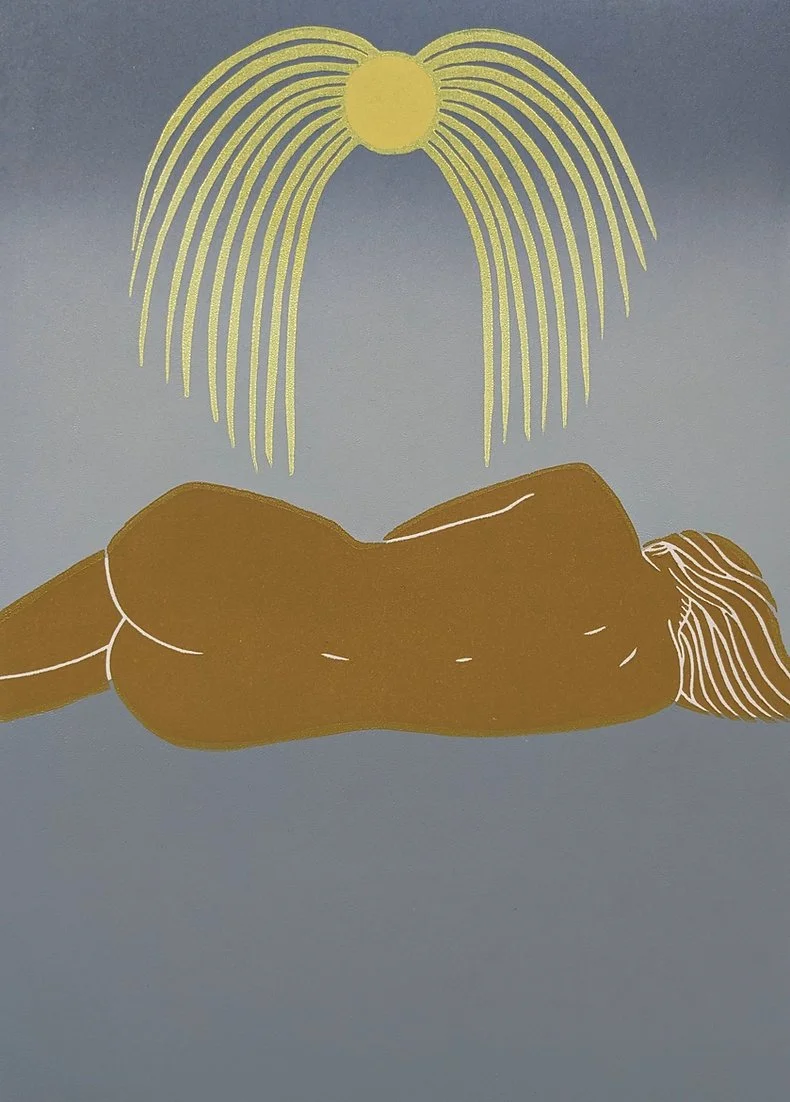
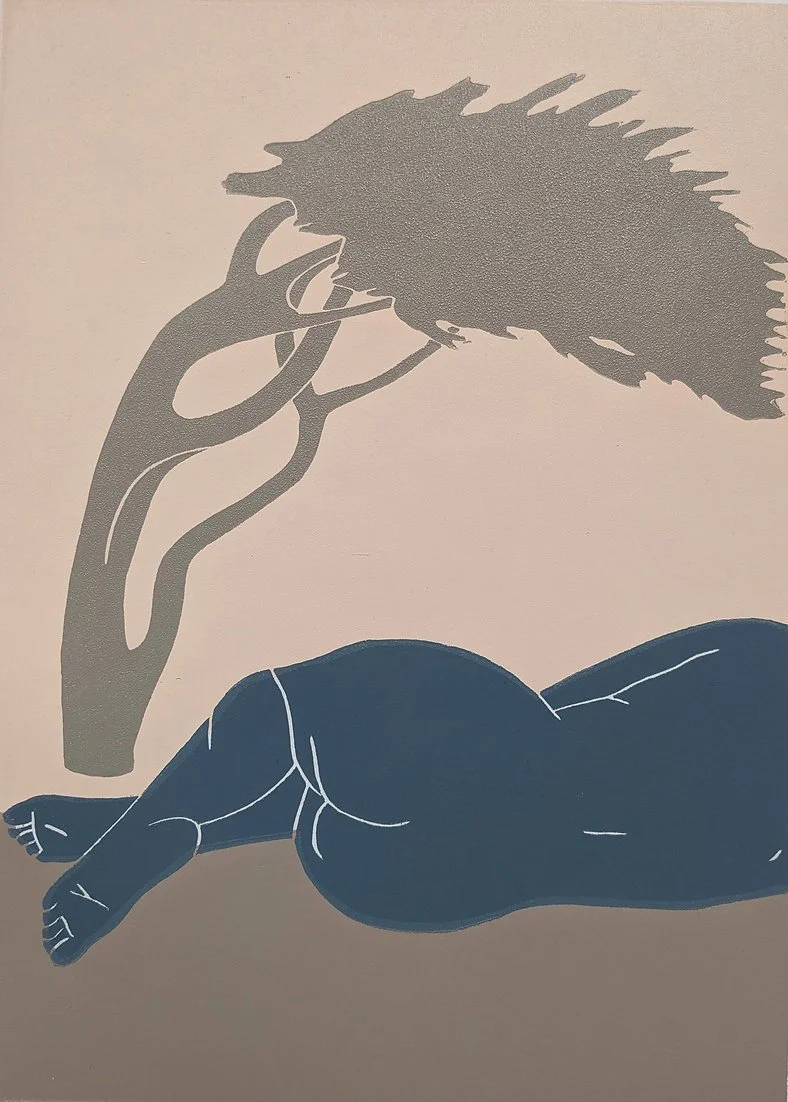
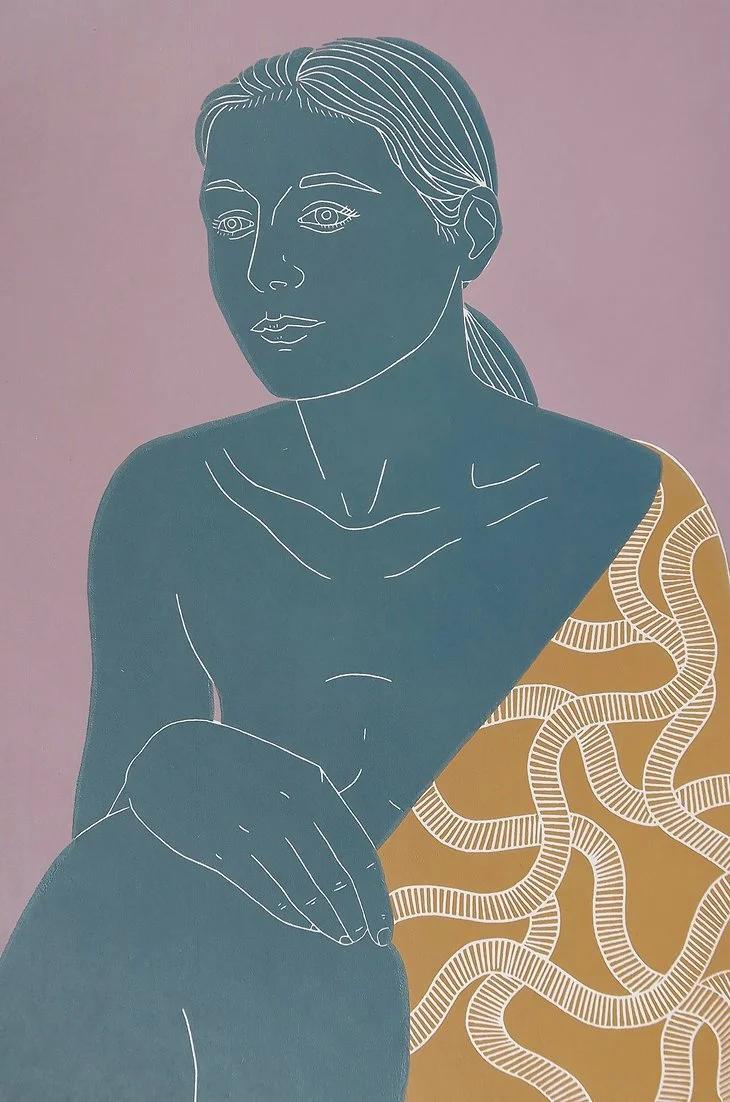
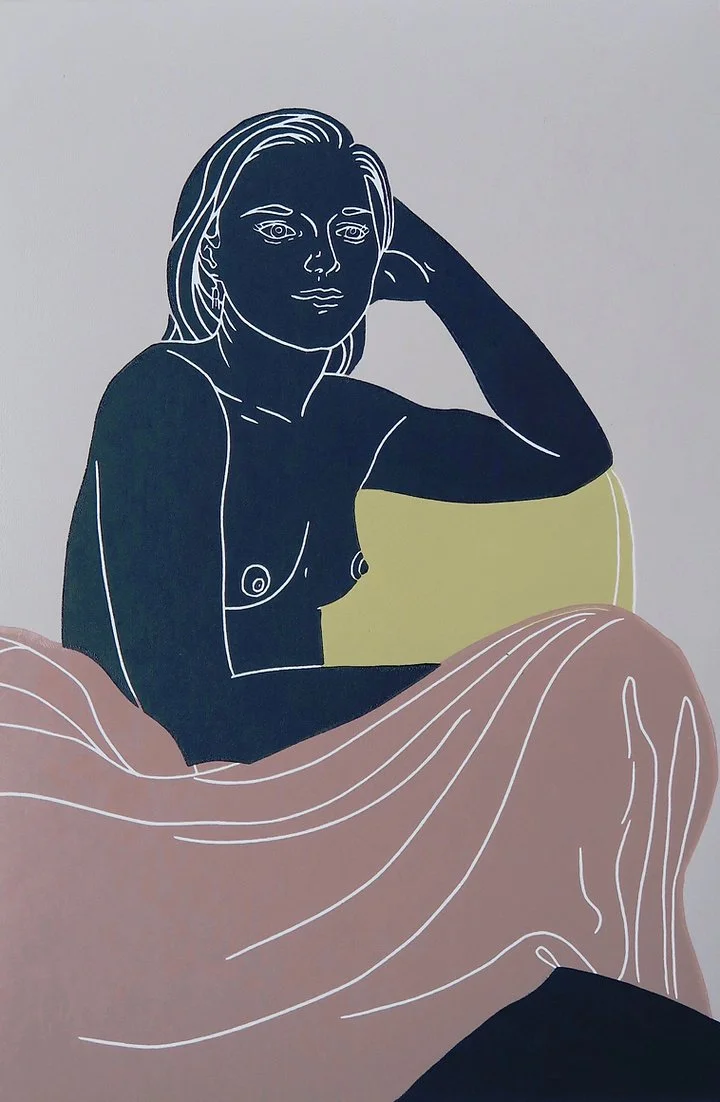

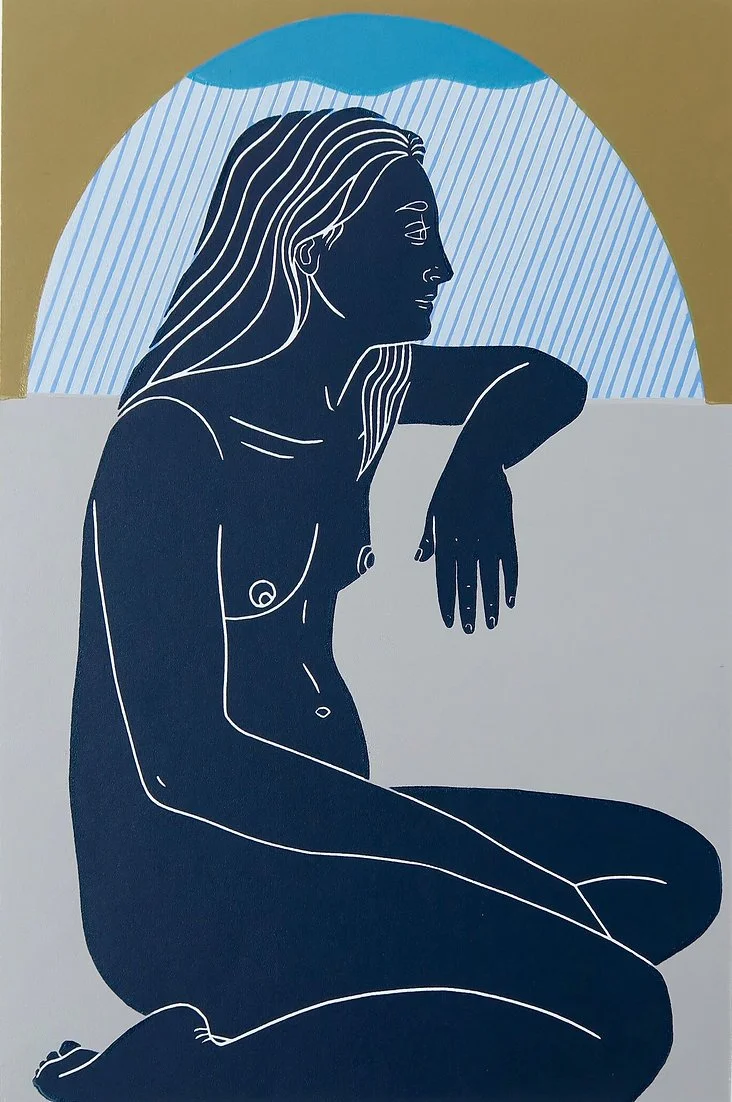
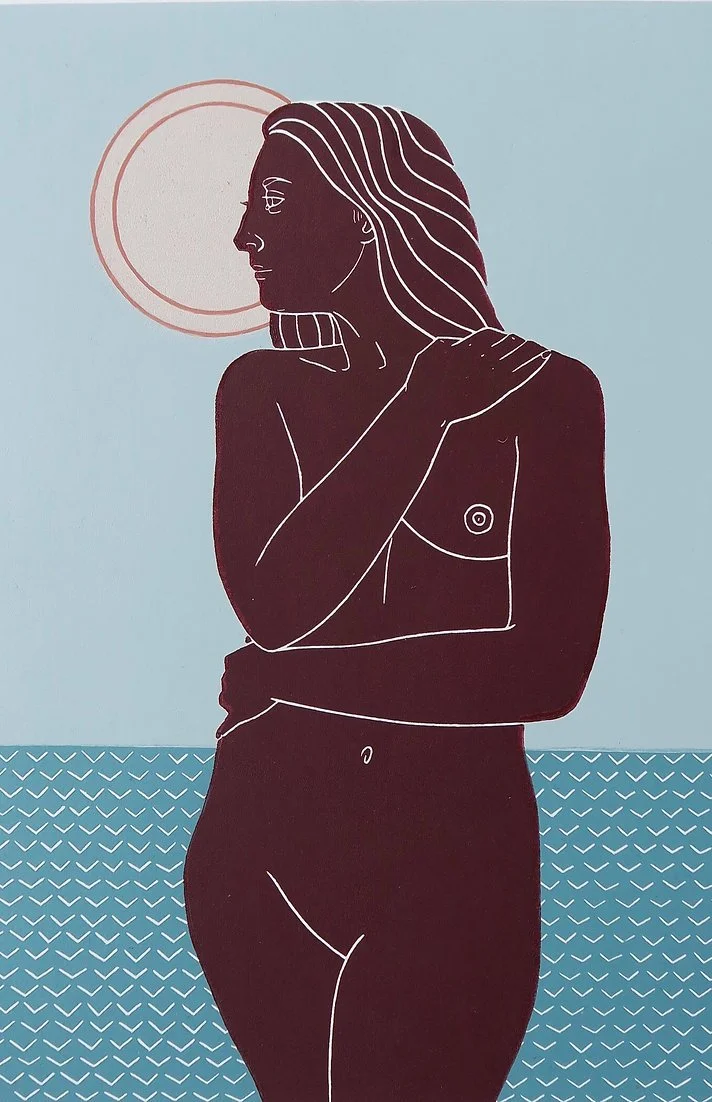
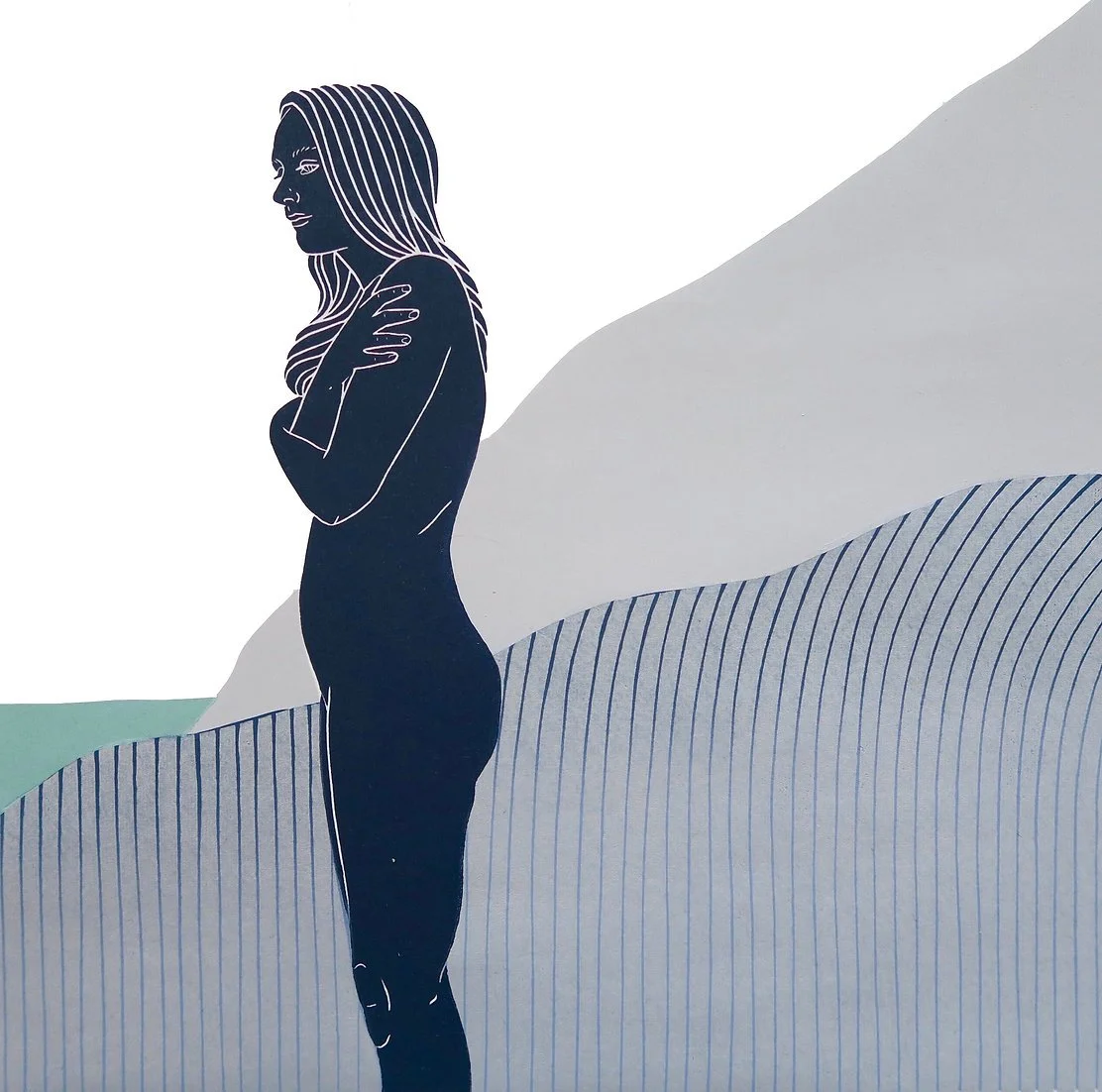


limited edition of 9 linoleum print